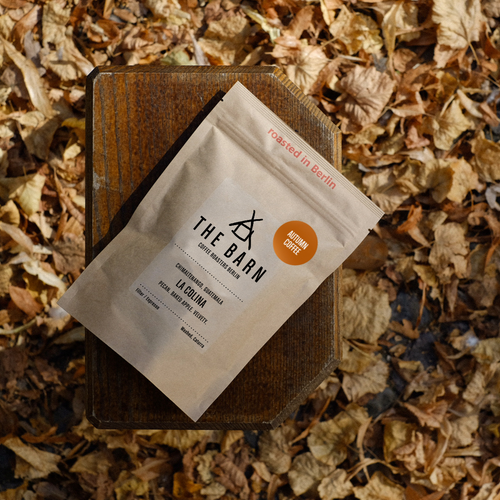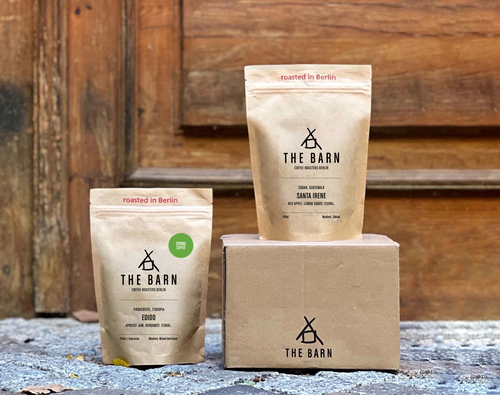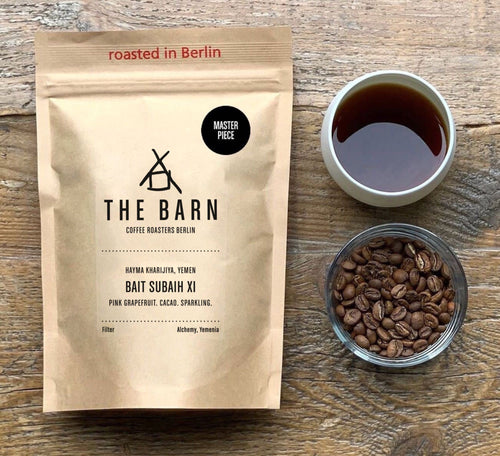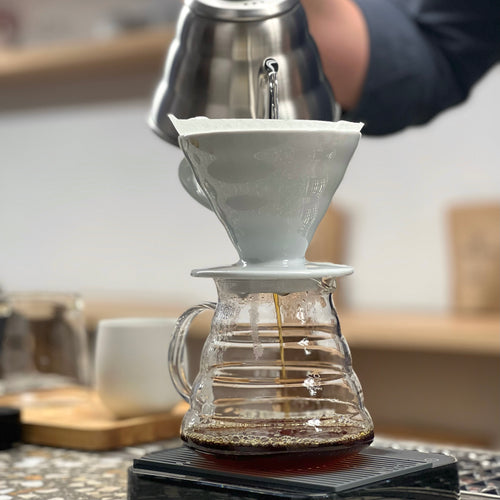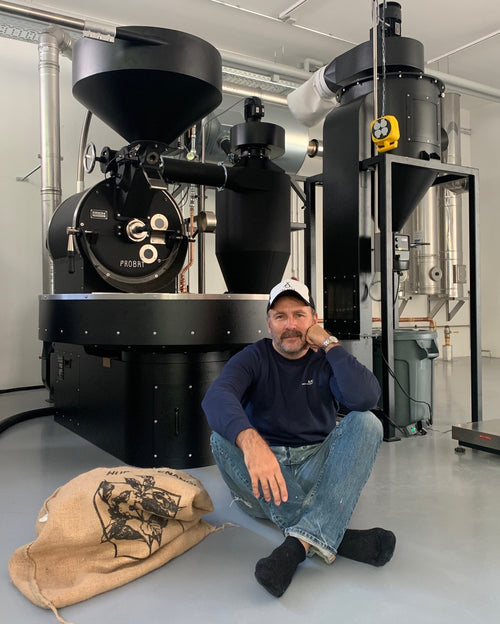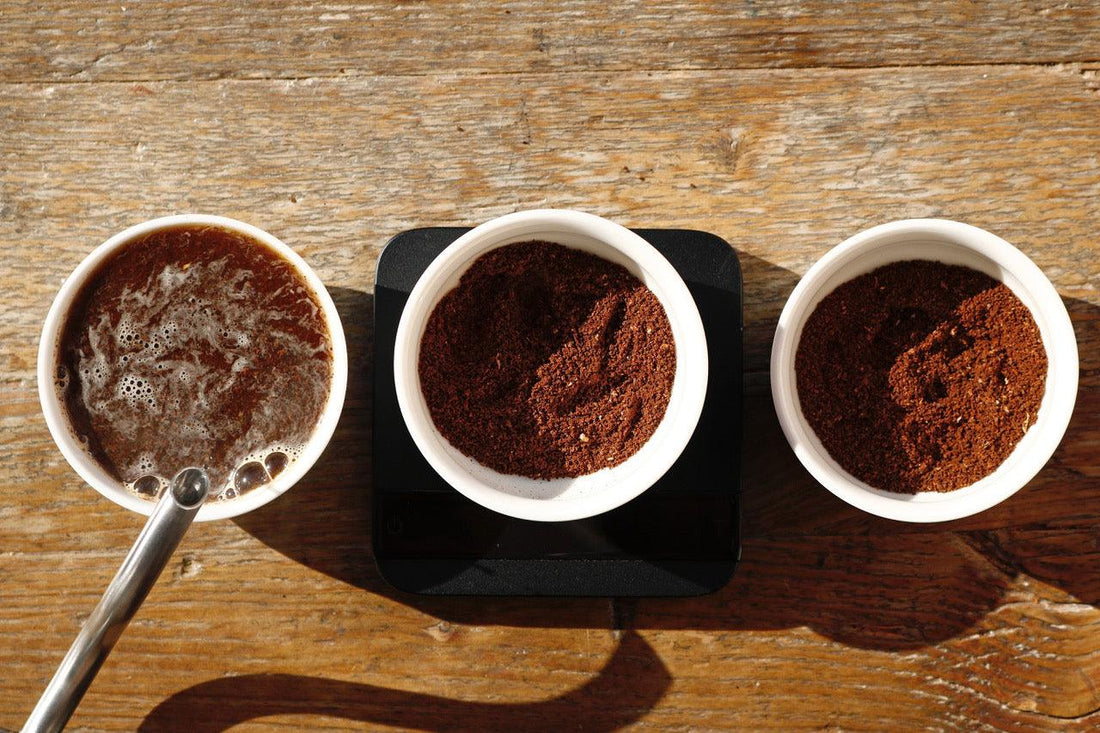Even though I come from Brazil and drink coffee for a while, I’m quite new in the Specialty Coffee world. My name is Camila and since I joined THE BARN editorial team in June this year, I’ve been taken to a whole new experience concerning coffee. One of the first themes that comes up is coffee acidity. Many beginners like me may find that the less acidity, the better. But it is not really how it works.
Acidity plays a very important role in the coffee flavour. It gives extra layers to the taste, bringing complexity to your cup of coffee. “There are varying amounts of natural acidity in all coffee. It’s very easy to get rid of acidity, but without it, you will find the coffee can become very one dimensional in flavour”, says Josef Mott, barista, and tutor at THE BARN. Acidity can have a higher or lower intensity in coffee. Usually, it is associated with fruit-like flavours as citrus-like (citric acid), apple or pear-like (malic acid), tropical fruits (phosphoric acid), grape-like (tartaric acid).
Different varietals and terroirs produce coffee with different kinds of acidity. “Some countries have naturally higher acidities than others. The reason a lot of people are interested in African coffees is because you can find sweet, fruity flavours with zesty acidity, usually resembling citrus”, explains Josef.
Not only the origin but also the roasting style have an influence on the levels of acidity. Green beans have a pH around 5, composed of many different types of acids - some are pleasant for the taste buds, other not. During roasting, there are many chemical reactions taking place inside the beans. A roastmaster looks for the best levels of the natural acids present in coffee. “The roast depends on whether it is an espresso or a filter roast. For espresso, we prefer low acids, and for filter, we prefer high acids. High acidity in espresso would be too intense and unbalanced”, explains Andrew Johnson, production roaster at THE BARN.
Specialty Coffees normally are roasted in a much lighter way compared to lower quality ones. Light roasted coffees enhance the coffee flavours not burning out all the coffee characteristics, while too dark ones will kill the nuances of subtle tastes. The darker the coffee is roasted, the more quinic acid is produced. The quinic acid is the one that leads to stomachs sour. It means, even though lighter roasts taste more acidic – in a good way -, they are less harmful to the stomach.
Learning how to taste and enjoy acidity in coffee is all about drinking coffees with different profiles and training your senses. Higher quality coffees have a balanced acidity. It means the bright sensation that comes from the acidity balances well with other tasting notes — sweetness and flavours, bringing you a pleasant sensation. From this season, I love the floral Ethiopian Bokasso, the delicious Colombian La Dominguez, and the super fruity Himalaya from El Salvador. They all have a delicious sweetness balanced by a very refreshing acidity.
Join us sundays for our Sensory Class or our Public Cupping to learn more about Acidity and different flavour experiences.


